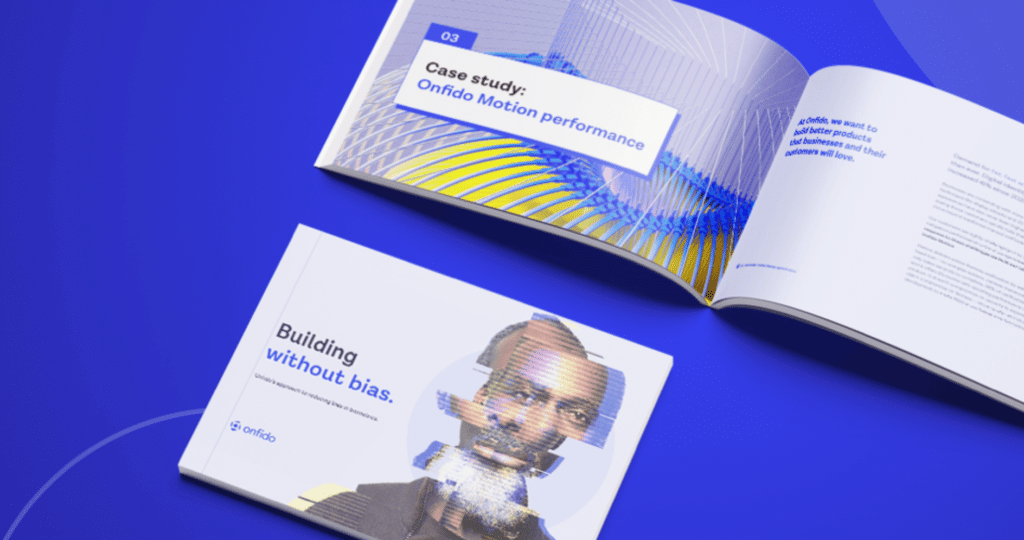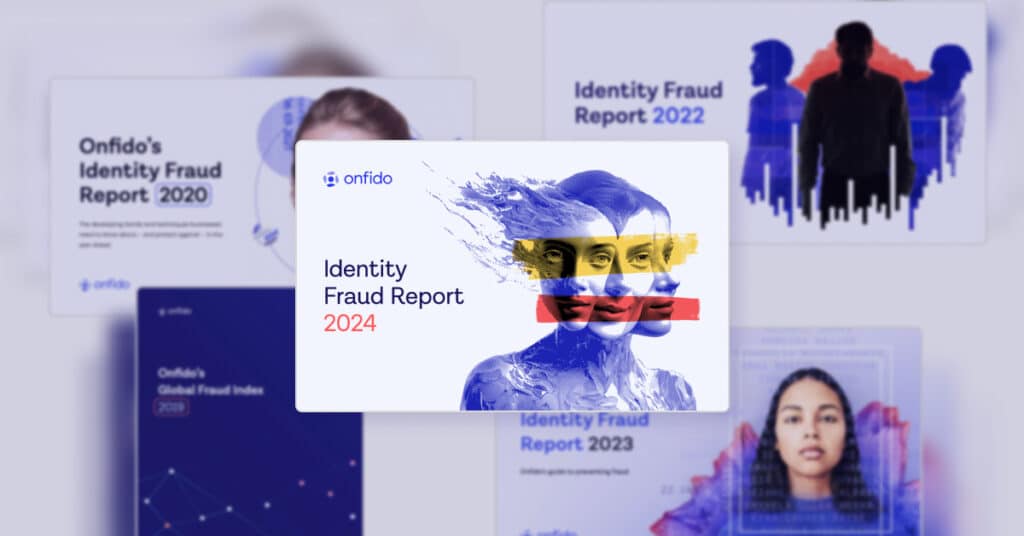2025 Identity Fraud Report

2025 Identity Fraud Report
Do deepfakes still pose a threat? Why are fraudsters turning to more digital techniques? Get answers to these questions and more in the 2025 Identity Fraud Report. This report breaks down 12 months of data to give insights into:
-
Document and biometric attack vectors
-
Regional and industry-specific insights
-
2025 fraud predictions, from the experts
5 mins
Is when one deepfake attempt happens, on average
244%
Increase in digital document forgeries
50%
Rise in crypto-related fraud attempts
What's new?
Discover more identity insights and resources





